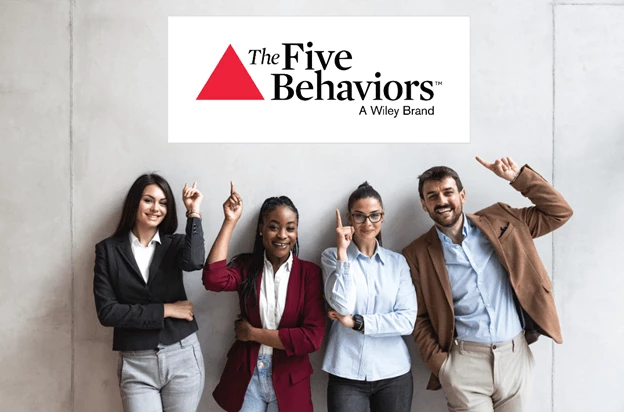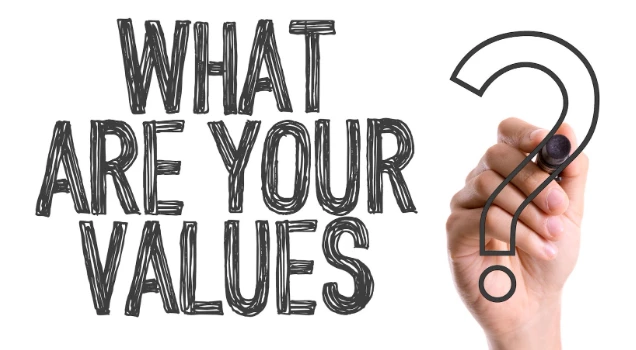No organization is immune to enormous global changes, including digitalization, shifting market dynamics, pandemics, supply chain shortages, market chaos, and more. Adapting to these trends is necessary for survival, and effective training programs play a pivotal role in this process.
In a dynamic business environment where technology, market demands, and work structures evolve rapidly, ongoing training ensures that employees stay on top of new skills and industry developments. Organizations thrive when they cultivate a culture of continuous learning and foster adaptability and resilience in the workforce.
Whether upskilling in emerging technologies, promoting remote collaboration, or enhancing soft skills, well-designed training initiatives empower employees to navigate evolving trends confidently. By investing in adaptable training programs, companies not only future-proof their workforce but also cultivate a culture of innovation and agility, positioning themselves for sustained success in an ever-changing landscape.
If you are ready to do more than survive – to truly thrive – in 2024, it may be time to assess your team’s core behaviors to look for areas of improvement.
What are The Five Behaviors® of a Cohesive Team?
The Five Behaviors® model was developed by Patrick Lencioni and is associated with the publisher Wiley. The model focuses on building effective teamwork within organizations to create cohesive teams. The behaviors are:
- Trust. Team members must be able to trust each other. This involves being vulnerable and open about weaknesses and mistakes.
- Conflict. Healthy conflict is essential for teams to make better decisions. It involves constructive debate and the ability to challenge ideas without personal attacks.
- Commitment. Team members need to commit to group decisions and be accountable for their responsibilities.
- Accountability. Team members hold each other accountable for their performance and behavior. This helps ensure that everyone is contributing to the team's success.
- Results. The ultimate goal is achieving collective results. Team members prioritize the team's goals over individual achievements.
What is The Five Behaviors® Assessment?
The Five Behaviors® Assessment is a validated, research-based assessment that measures performance in the five behavior traits: trust, conflict, commitment, accountability, and results.
The assessment is typically used in conjunction with training and development programs for teams. It provides insights into the team's dynamics and helps team members understand their individual and collective strengths and areas for improvement. Ultimately, the assessment is a tool designed to help teams improve their effectiveness by focusing on the fundamental behaviors that contribute to successful teamwork.
The Five Behaviors® model and assessment covers the following key areas:
- Trust. Assessing the level of trust within the team, which is foundational for effective collaboration.
- Conflict. Evaluating how well the team engages in healthy conflict, fostering constructive debate and open communication.
- Commitment. Gauging the team's commitment to decisions and actions, ensuring alignment and accountability.
- Accountability. Assessing the team's ability to hold each other accountable for their performance and behavior.
- Results. Measuring the team's focus on achieving collective results rather than individual goals.
The assessment is often used as a starting point for team development initiatives, providing a baseline understanding of the team's strengths and areas that need attention. Teams can then use this information to implement strategies and interventions to enhance their collaboration and overall effectiveness.
What Can The Five Behaviors® Bring to a Company?
Working with The Five Behaviors® program can significantly benefit a company by fostering a culture of effective teamwork and collaboration. The model provides a structured framework for understanding and improving team dynamics, addressing key aspects crucial for success.
Firstly, it helps in building trust among team members, creating a foundation for open communication and cooperation. By encouraging healthy conflict, the model ensures that teams engage in constructive debates, leading to better decision-making. This is especially important with the growing number of Gen Z workers in the workforce. Some leaders have observed that young workers seem to struggle to debate issues or respectfully disagree with coworkers who have differing opinions.
The focus on commitment ensures that team members align with decisions and are accountable for their roles. Additionally, emphasizing accountability means that individuals hold each other responsible for performance, fostering a sense of shared responsibility. Ultimately, the model directs teams toward achieving collective results, promoting a goal-oriented mindset.
When implemented alongside training programs, The Five Behaviors® assessment provides valuable insights into team dynamics, allowing companies to identify strengths and areas for improvement. Through targeted interventions based on these insights, companies can enhance overall teamwork, communication, and productivity, contributing to long-term organizational success.
Align Teams to a Clear Strategy, Vision, Mission, Values, and Purpose
The Five Behaviors® gives teams the knowledge they need to bring an effective approach to teamwork and nurture new behaviors. Work with us to bring The Five Behaviors® to your organization and take your business to the next level. Get certified today!
Warmly,
James & Lori
James Jackman & Lori Heffelfinger
Source:
Liam Soutar. 'Dangerous step-change' | Gen Z can't work with staff with different views, says Channel 4 boss. https://www.hrgrapevine.com/content/article/2023-09-22-gen-z-cant-work-with-colleagues-with-different-views-says-channel-4-boss. 9/22/2023. Accessed 1/12/2024.







